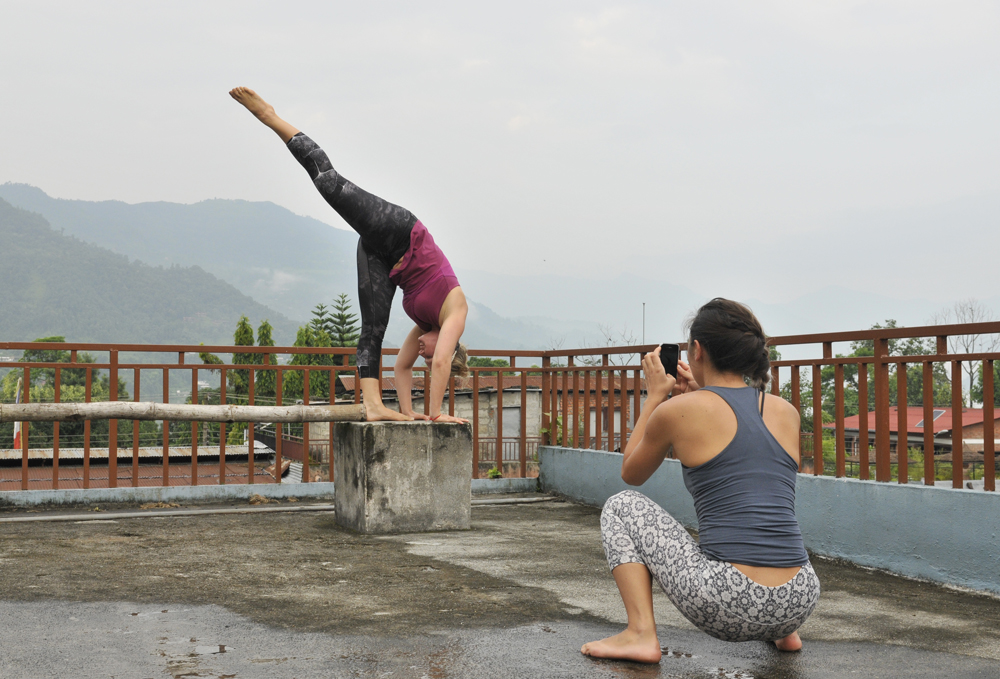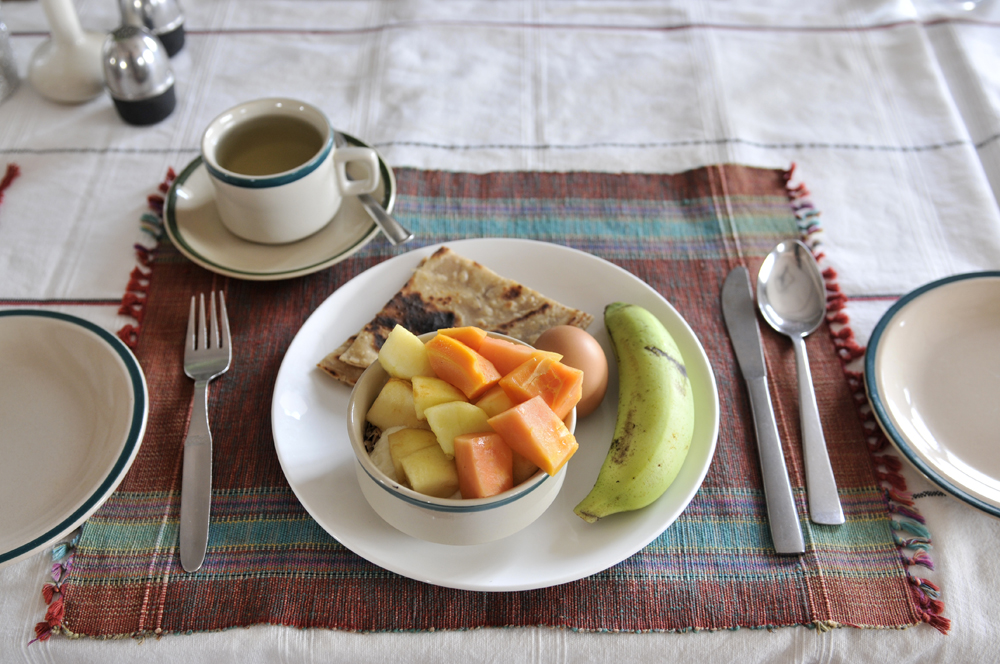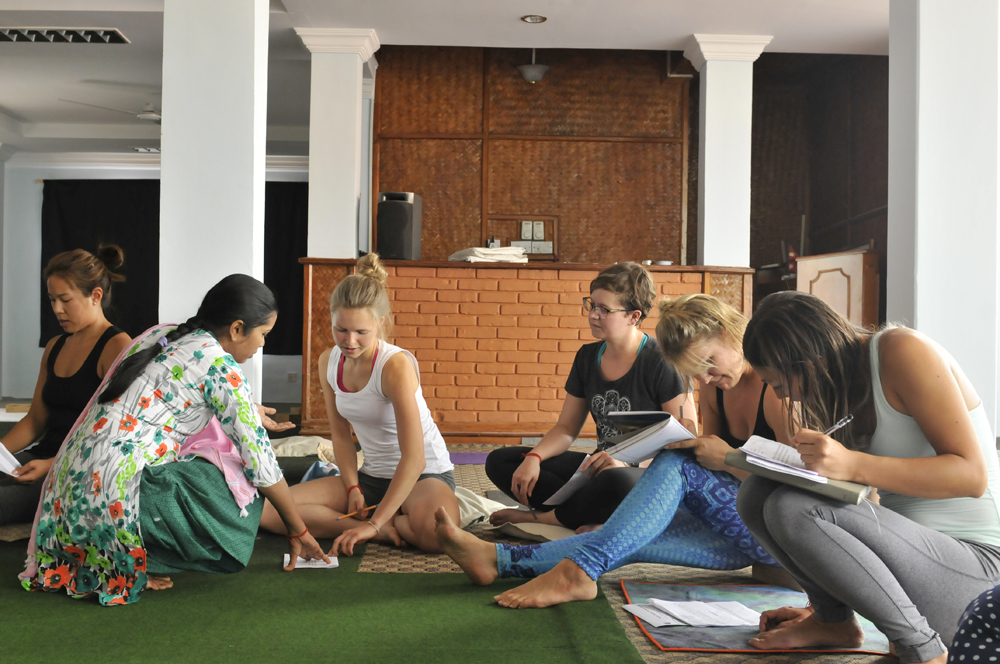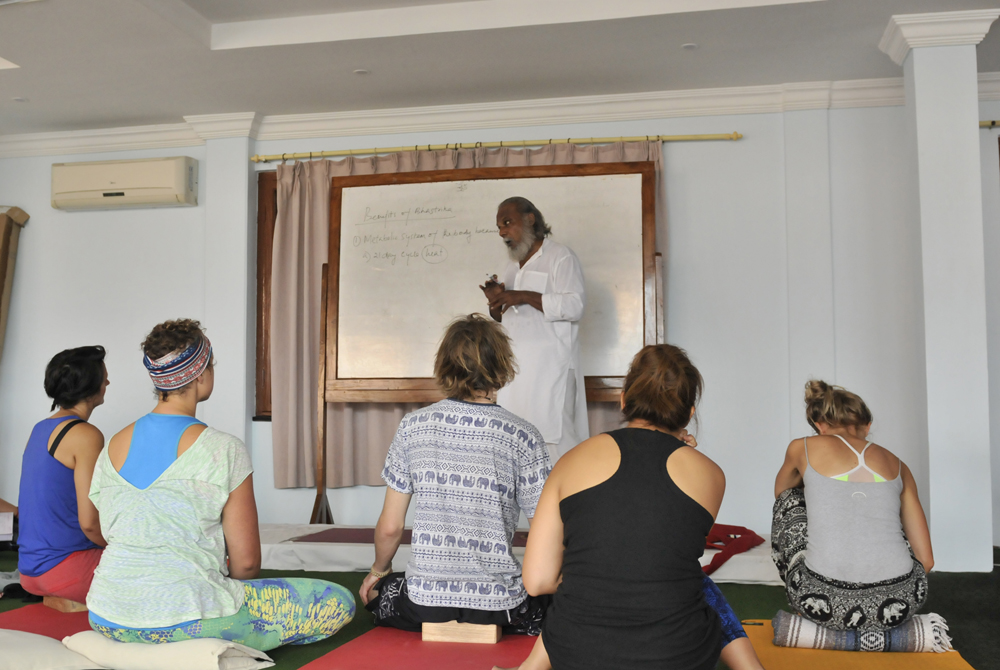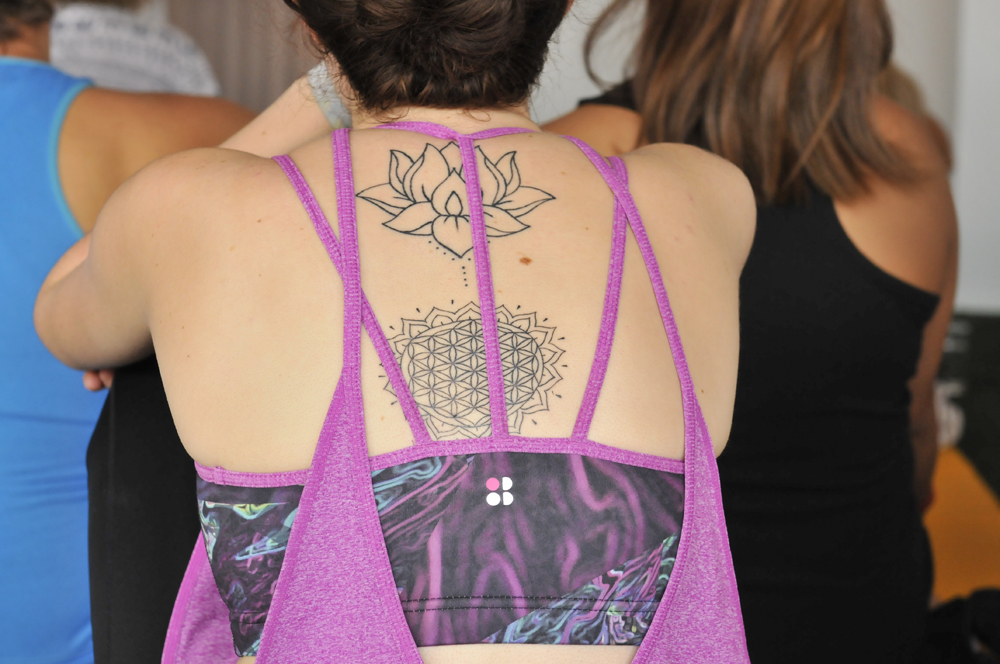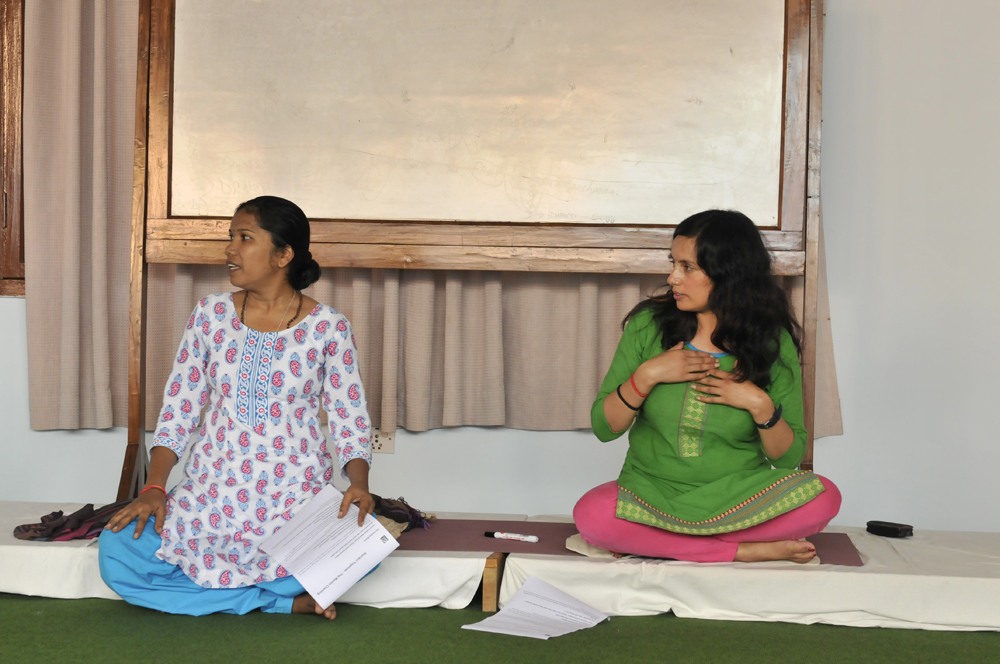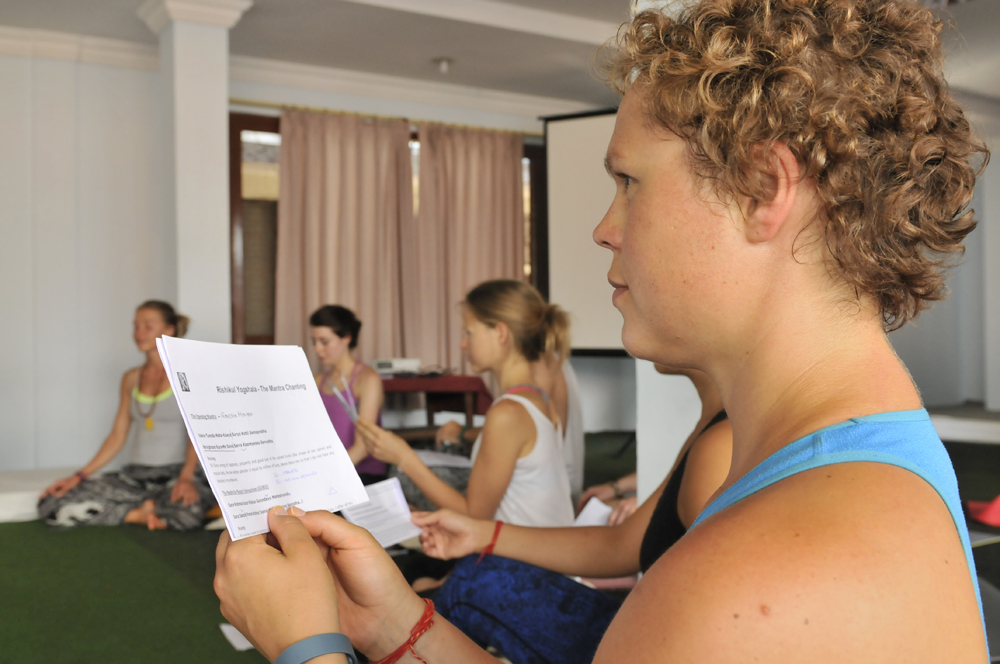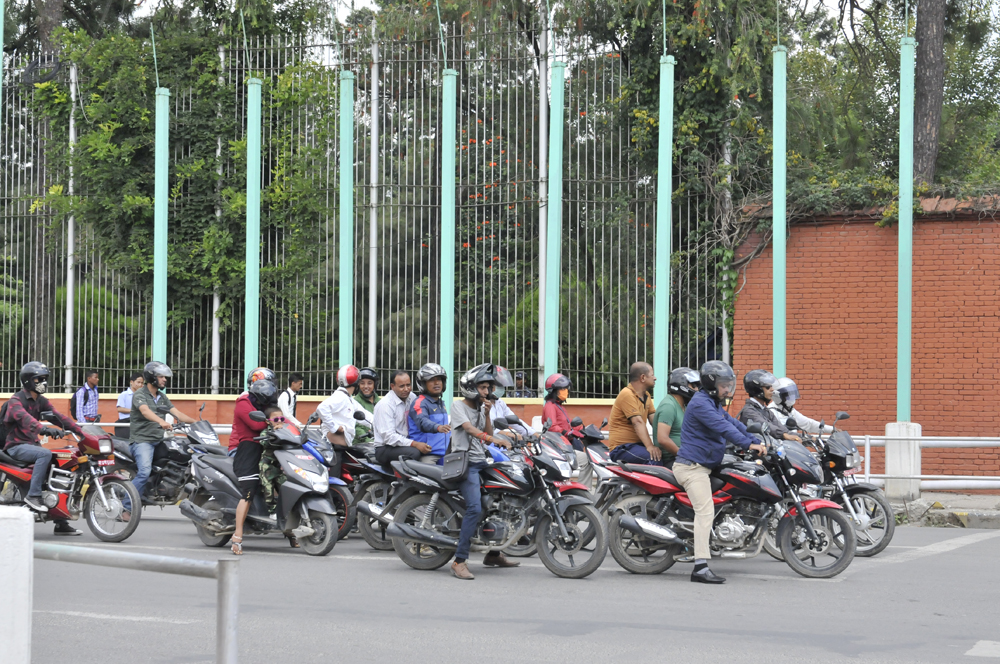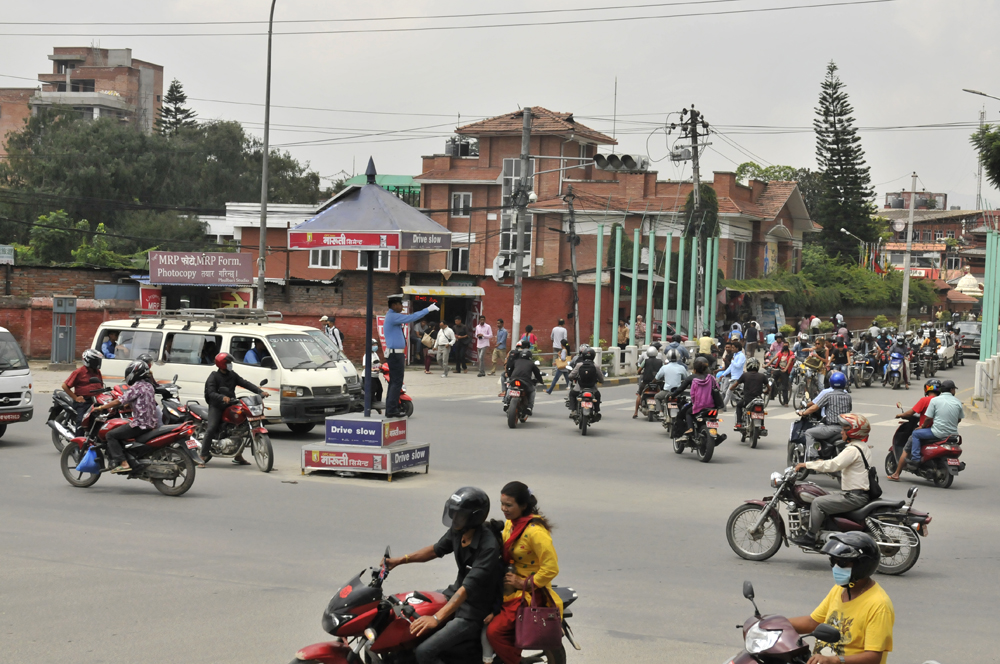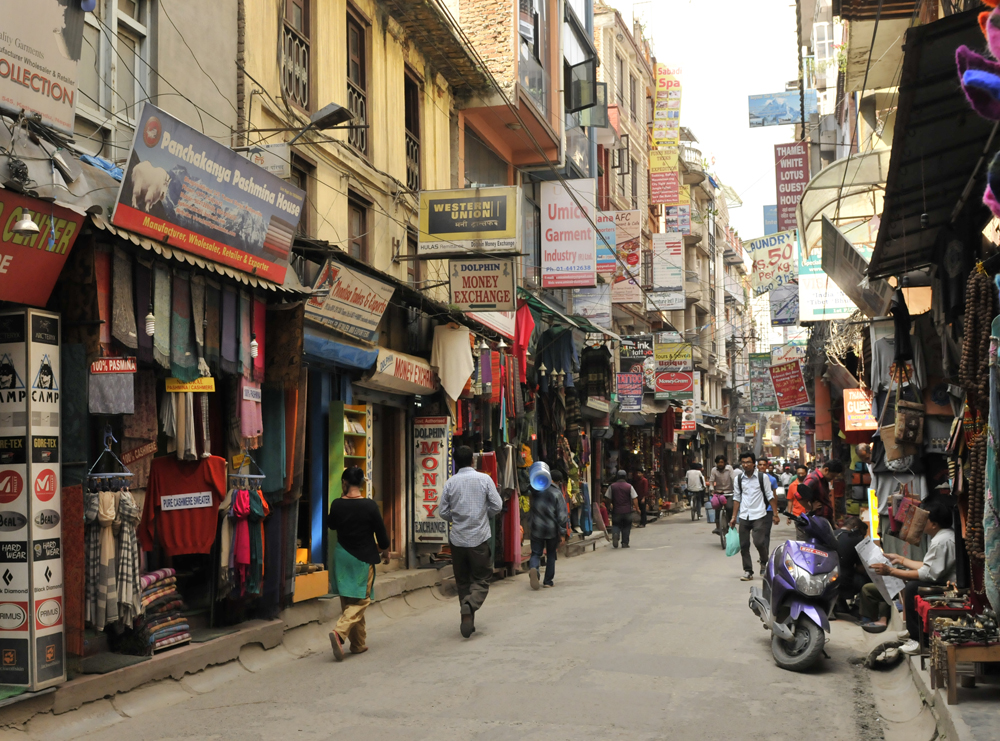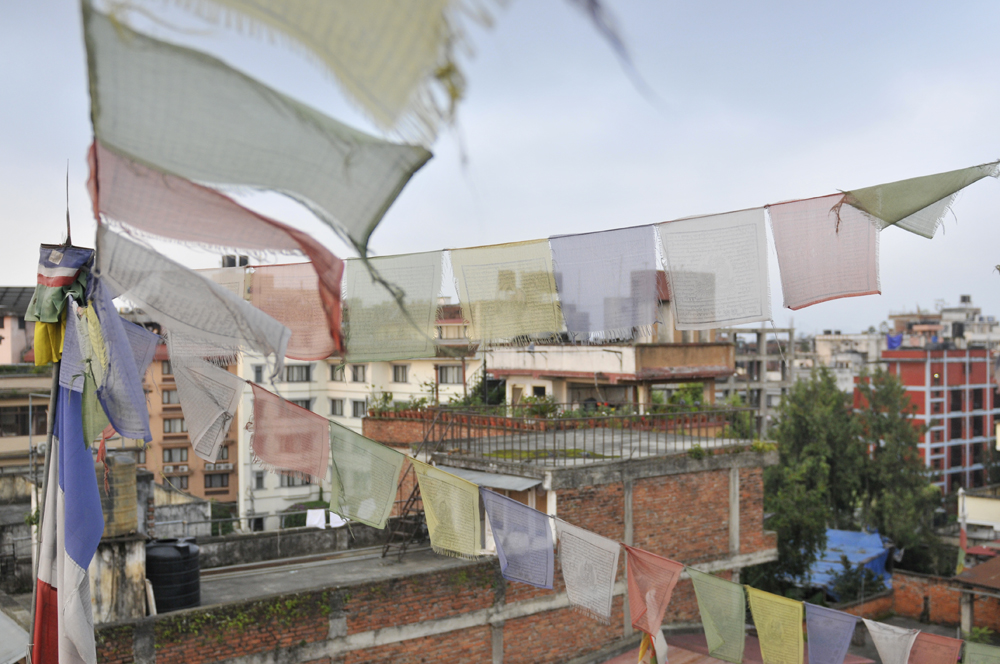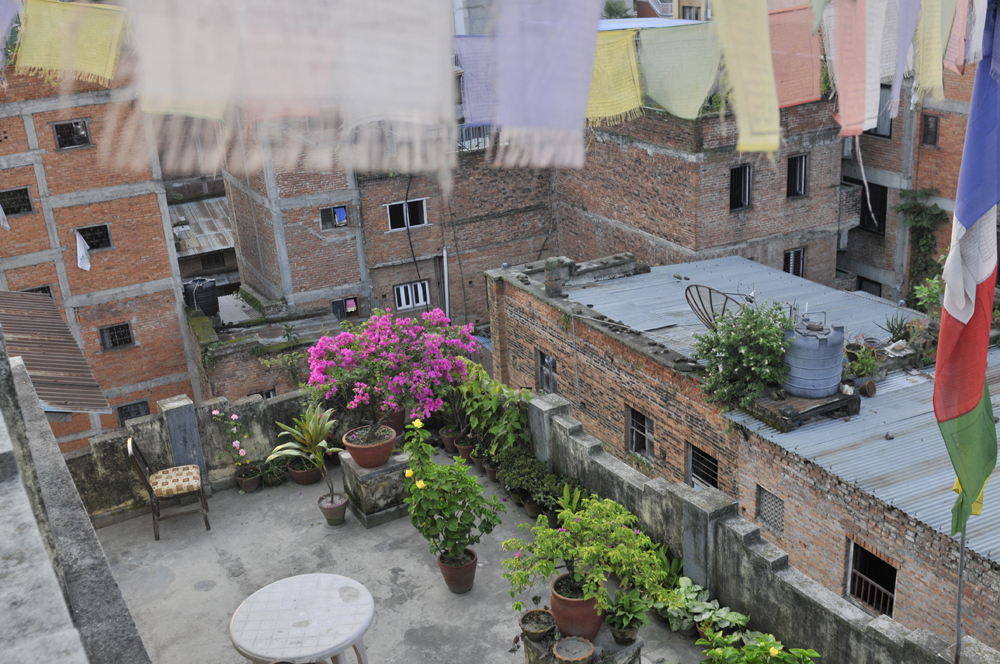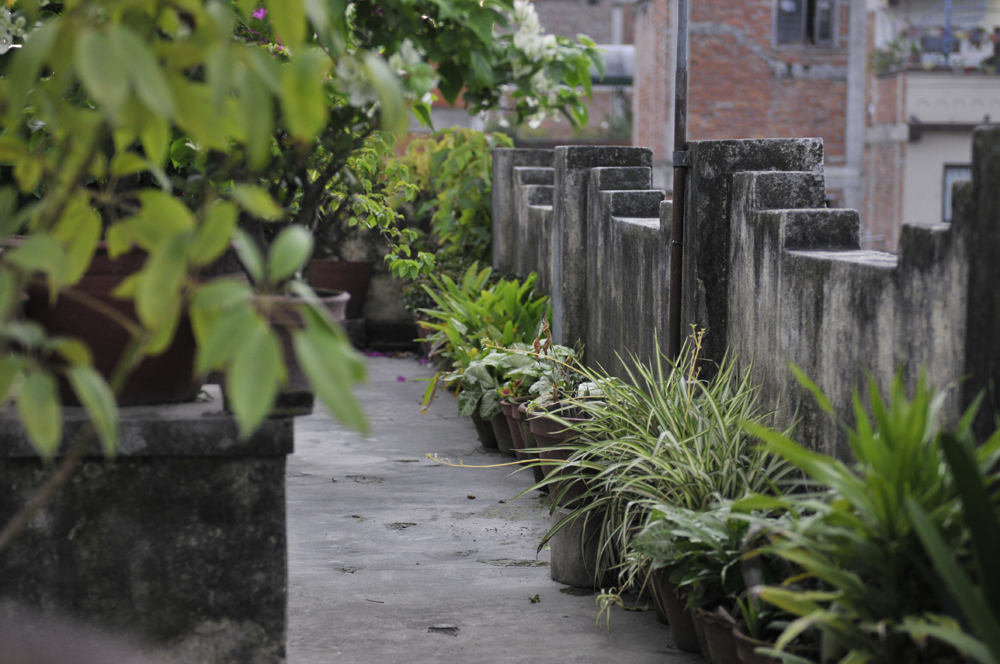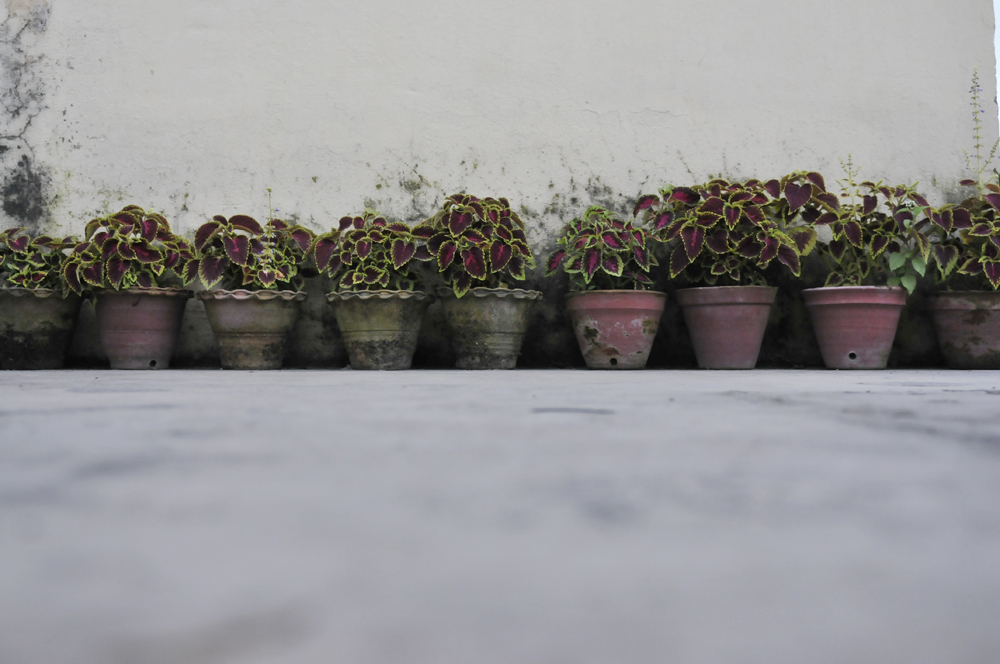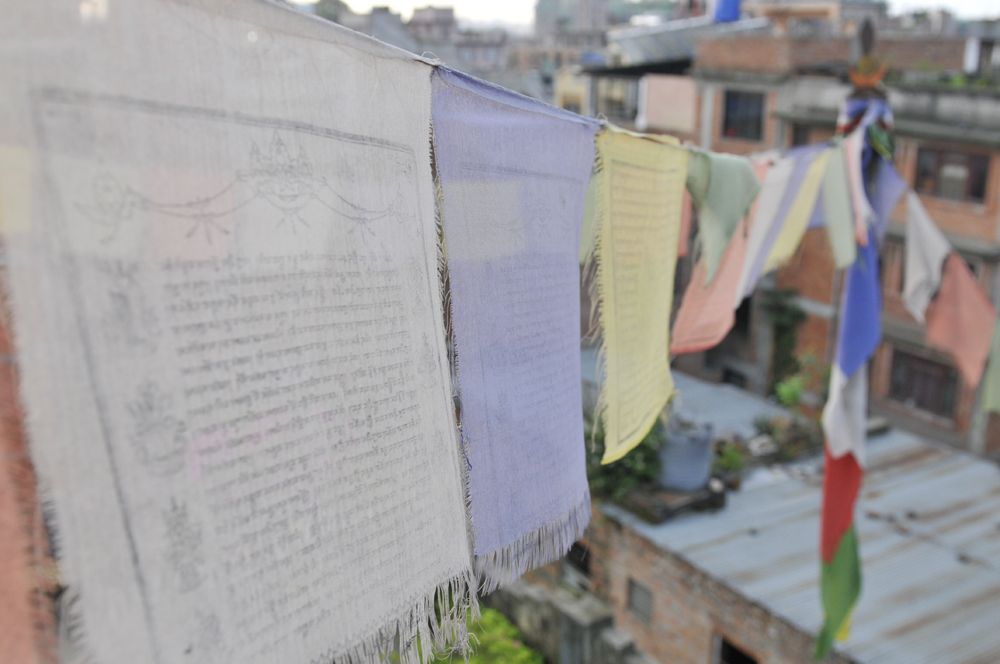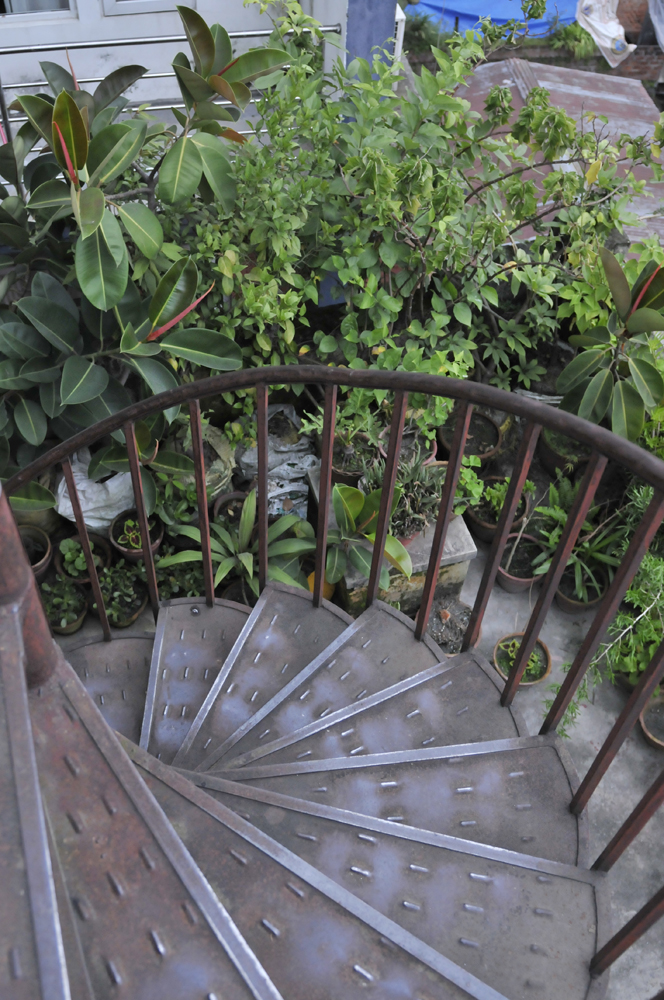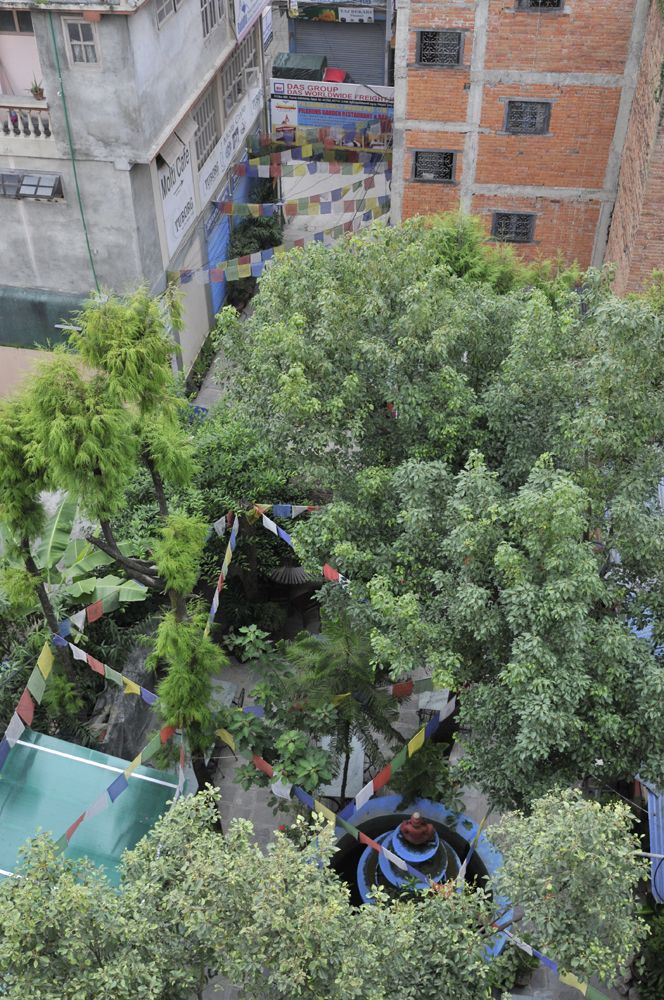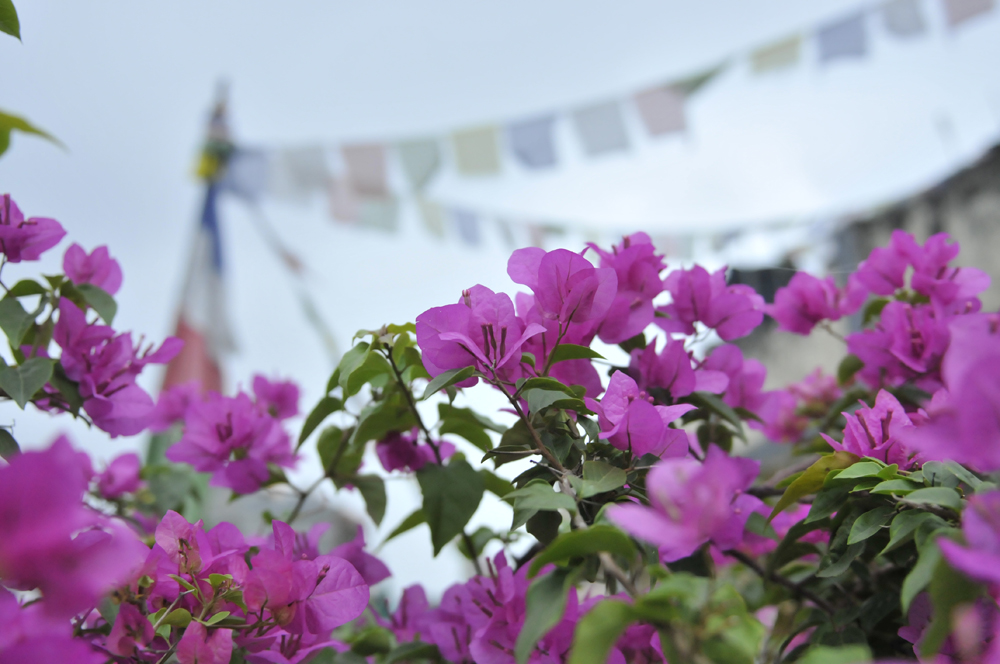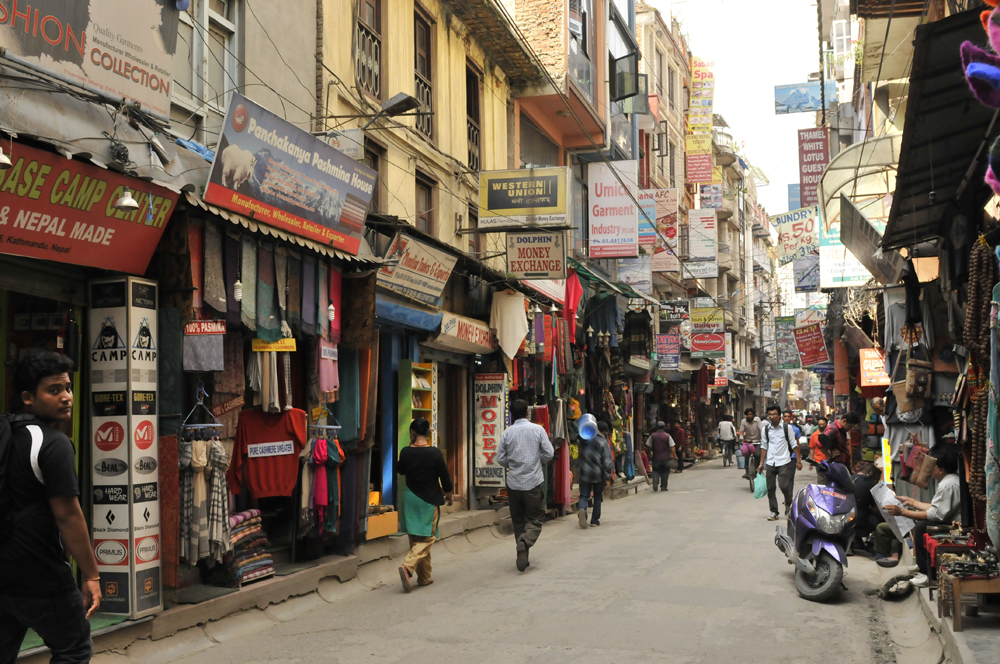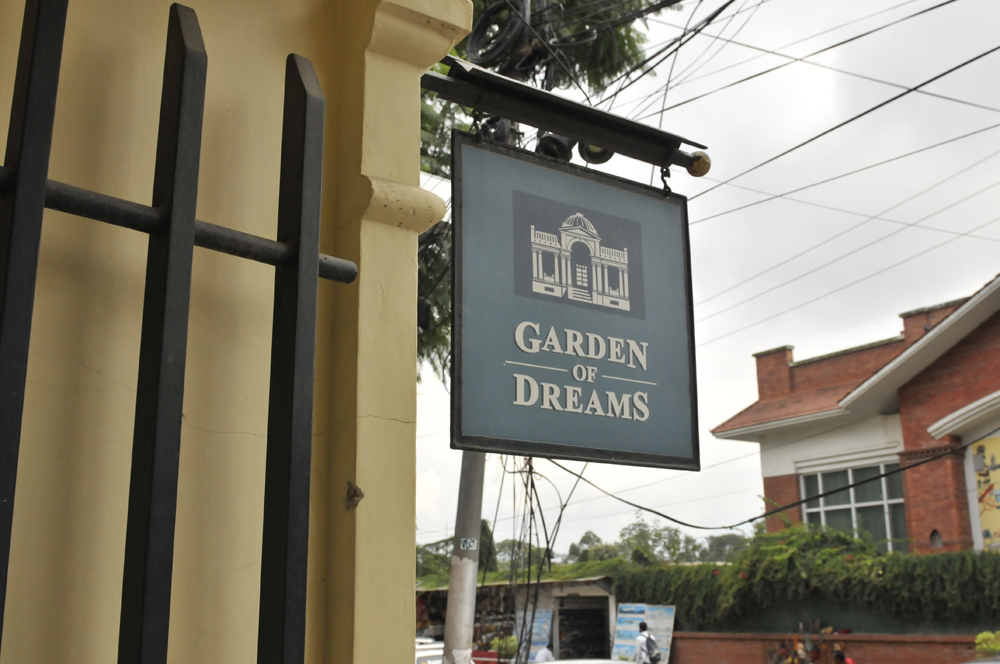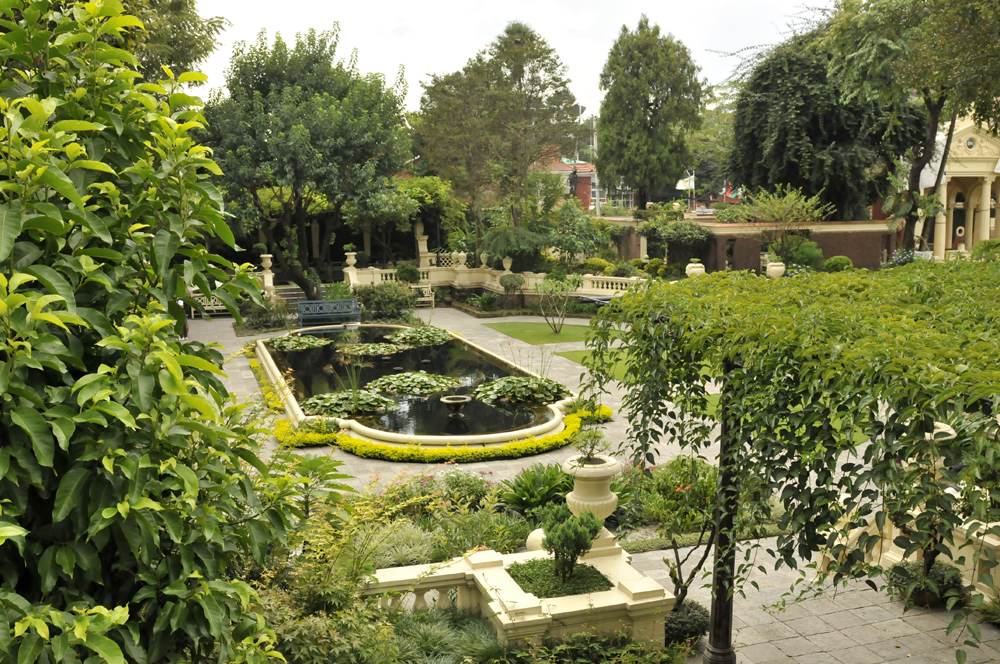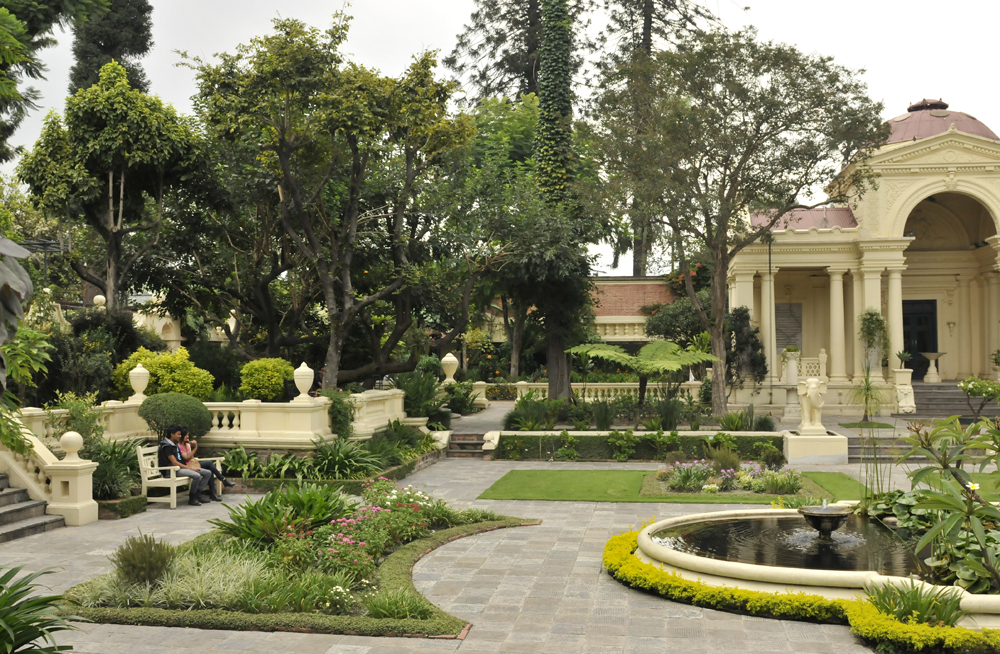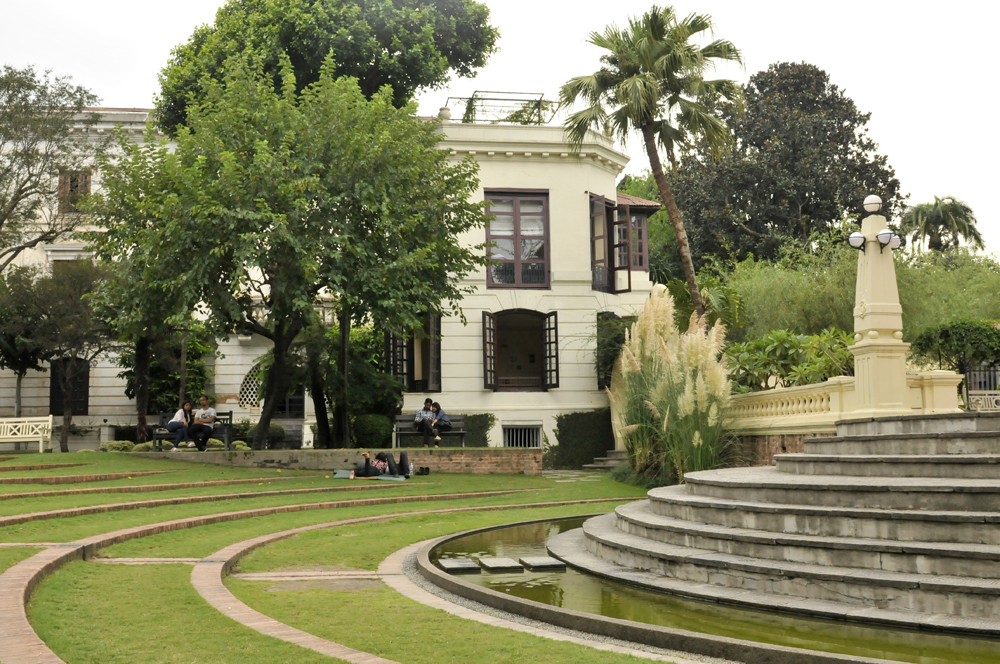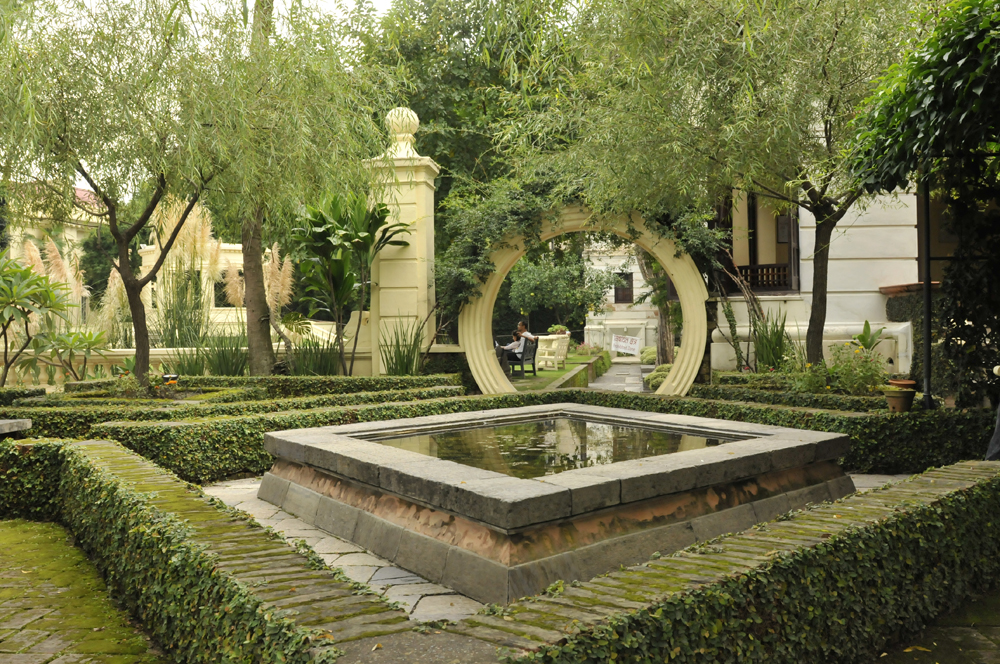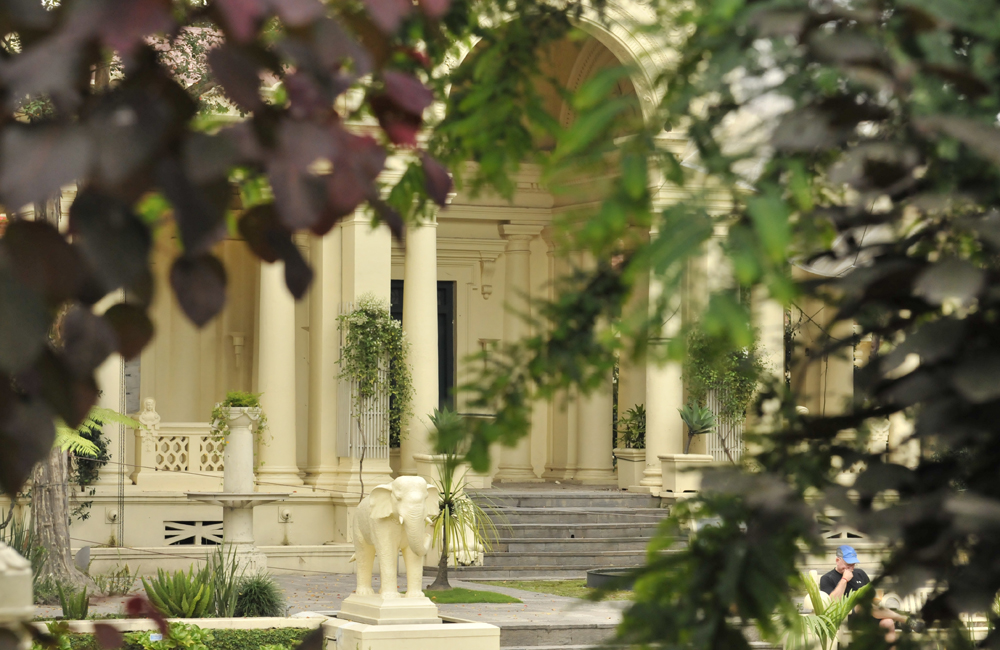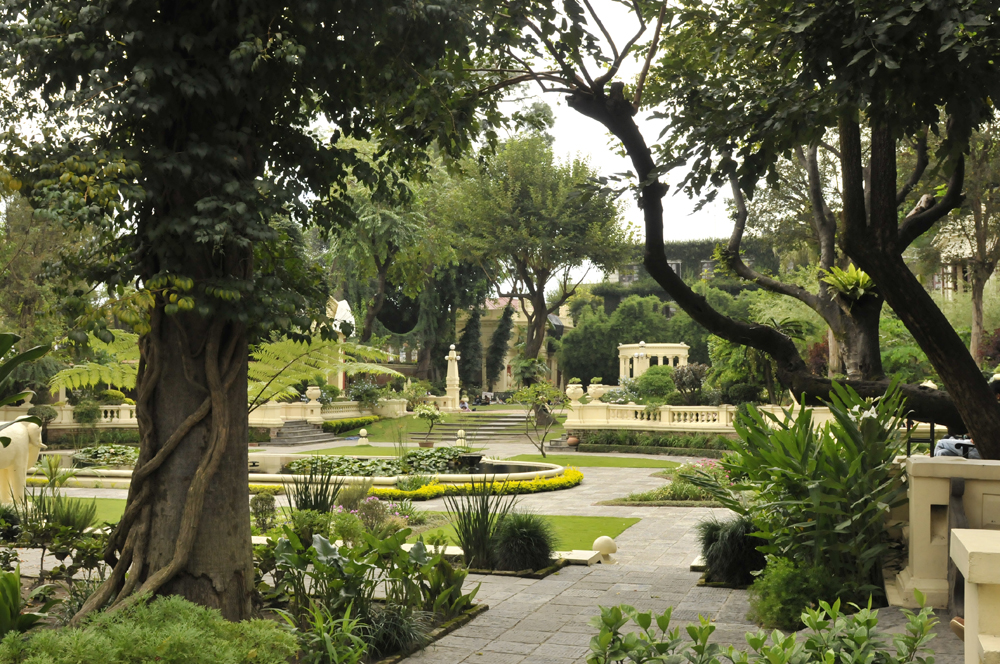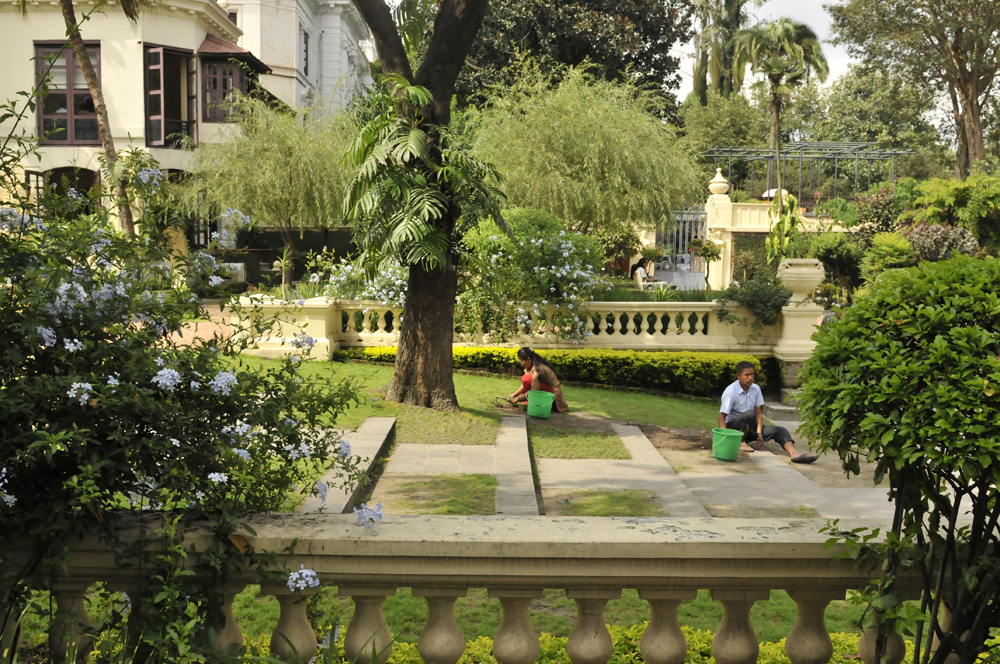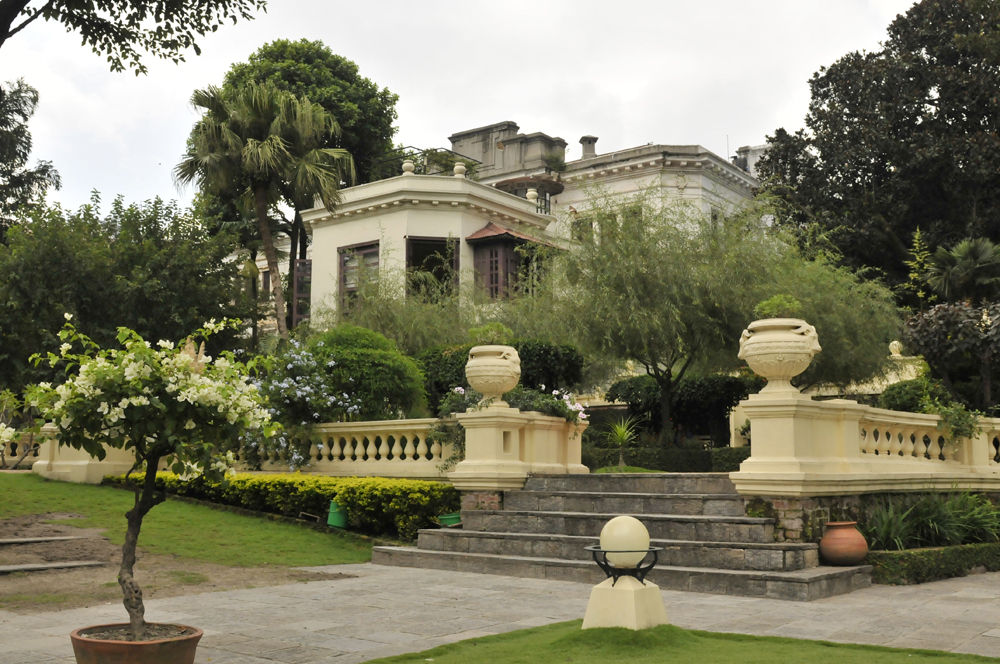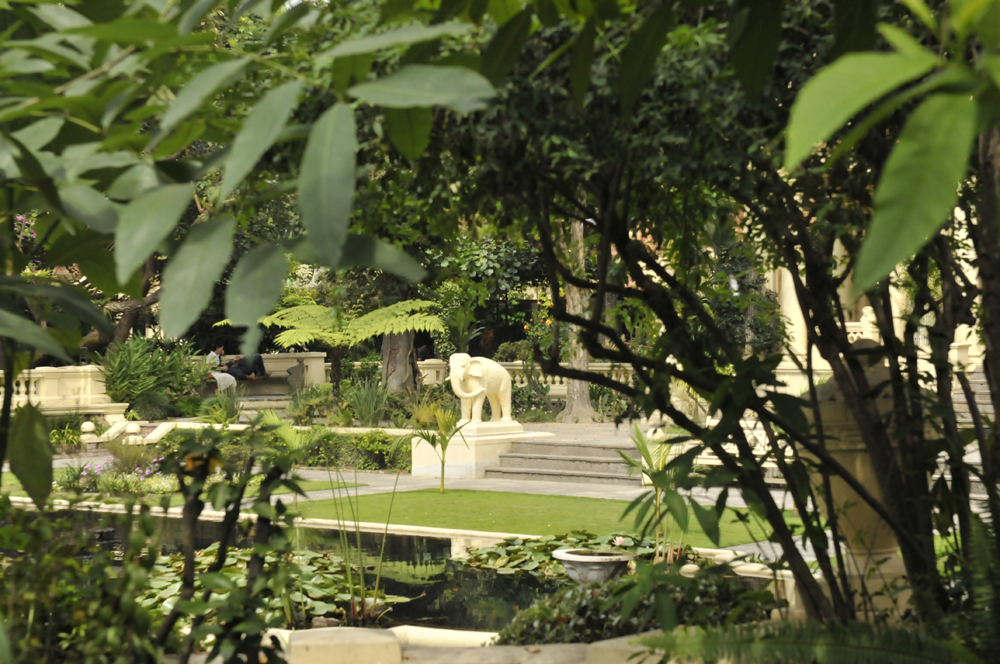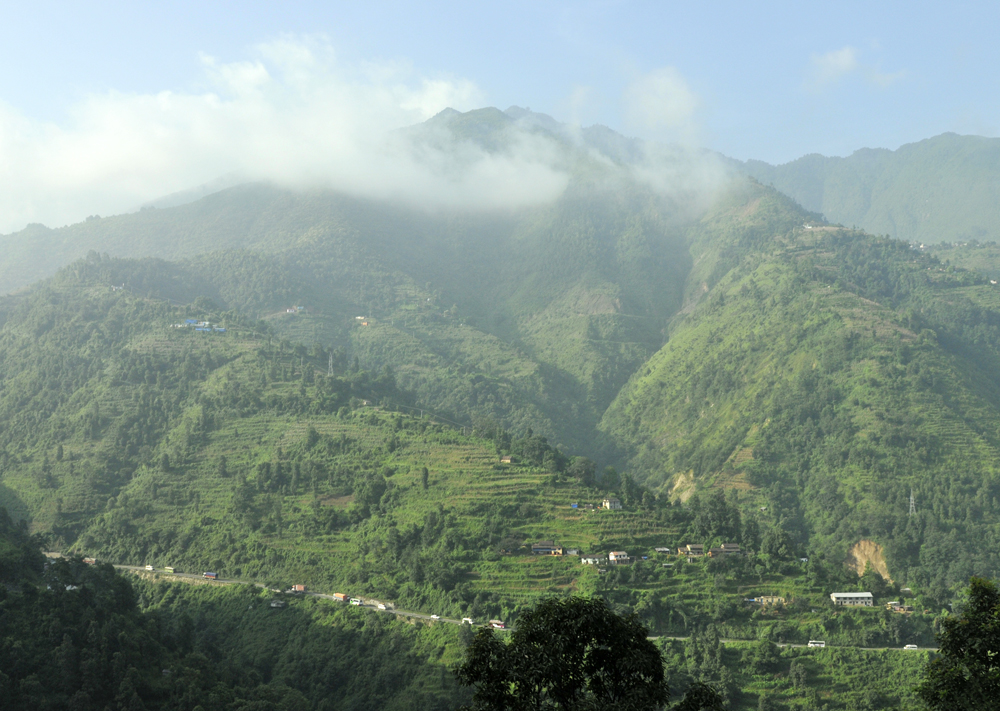 t There are plenty of ways to travel abroad: trains, planes and buses are some of my favorite. In Nepal there are typically two viable options: a loooong bus ride or an often delayed flight. Today we’re going to look at the positives and negatives of both options that way when you come visit you’ll know exactly how you want to travel. As I write this post, I’m thinking mainly of the trip from Kathmandu to Pokhara. Continue reading
t There are plenty of ways to travel abroad: trains, planes and buses are some of my favorite. In Nepal there are typically two viable options: a loooong bus ride or an often delayed flight. Today we’re going to look at the positives and negatives of both options that way when you come visit you’ll know exactly how you want to travel. As I write this post, I’m thinking mainly of the trip from Kathmandu to Pokhara. Continue reading
Tag Archives: places[Nepal]
Rishikul Yogshala Yoga Teacher Training Schedule
Take a look inside Rishikul Yogshala’s 200 hour yoga teacher training in Pokhara, Nepal.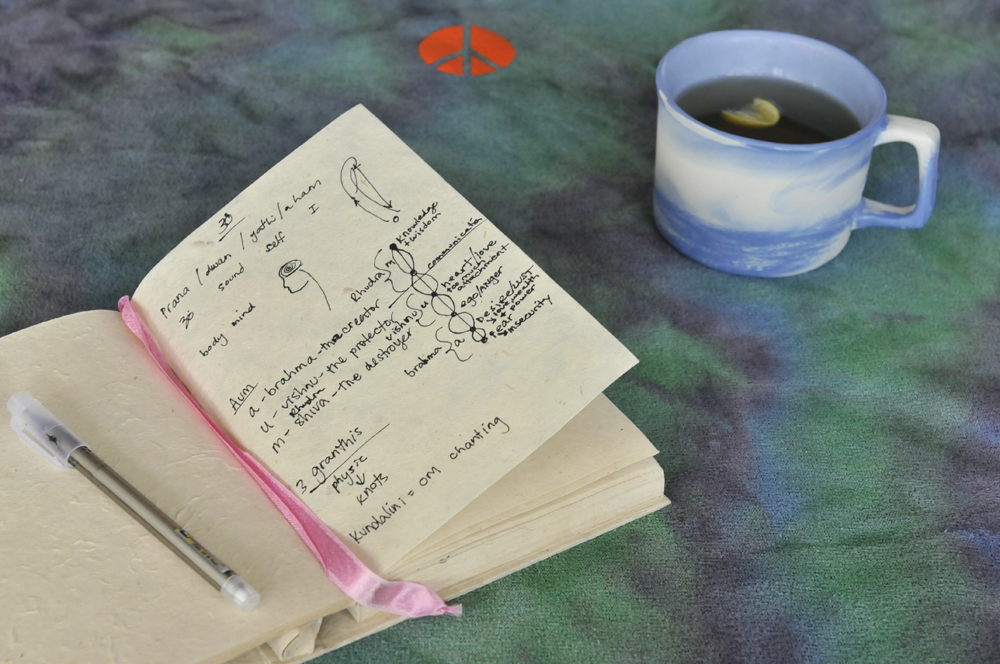
Sarah here :
Today marks my fourth full day of yoga teacher training in Pokhara, Nepal. Only one more day and then I have a whole half day to myself on Sunday! Because we’re squeezing a 200 hour training into 28 days, the schedule is absolutely packed. I thought it would be fun to share it here to give you an idea of what I’ve been up to the past week.
- 5-5:30AM Morning Tea
- 5:30-7 Hatha Yoga
- 7-7:15 Tea Break
- 7:15-8:15 Pranayama aka breath work
- 8:15-9 Yoga Nidra
- 9-10:30 Breakfast
- 10:30-11:45 Yoga Philosophy
- 11:45-noon Tea Break
- noon-1PM Mantra Yoga aka chanting sanskrit
- 1:15-3 Lunch & Rest aka Lunch and shopping at my new favorite store
- 3-4 Yoga Anatomy
- 4-6 Ashtanga Yoga
- 6:15-7:15 Meditation – Today the theme was self love. It was so amazing.
- 7:30-8:30 Dinner
So that’s that. Lots of learning, practicing and tea all day long. Each teacher is inspiring and full of knowledge. I feel extremely lucky to be here and that feeling carries me through the long days. If you’re wondering how we fill three and a half hours of asana practice, just imagine holding each pose for an excruciating amount of time and then repeating that four or five times. As much as I hate holding wheel for ten breaths, it’s kind of nice to go into each pose slowly with so much detailed instruction. Today we worked on handstands and arm balances in the morning and in the afternoon so. many. down. dogs.
I’m pretty sore, but as of today, I can honestly say I’m having the best time of my life. The days are long, but they’re powerful and magical and I cannot say enough wonderful things about my teachers. Each and every session I am reminded why I chose to train in the east with Indian teachers, my new yoga family. I can’t wait to share more about this trip, if you have any questions, just ask!
Traffic in Kathmandu, Nepal
If you have ever traveled internationally, you know there are certain aspects of life you will observe time and time again. You’ll notice the way Europeans dress differently than Americans even though they all tend to wear pants and tops of similar brands. You’ll certainly notice how Hindu and Buddhist populated countries dress more conservatively and almost always cover their shoulders and knees. You’ll probably eat out while abroad and you’ll admire the way Vietnamese people can sit on furniture made for preschoolers and still look comfortable or how Indians eat with their right hands only. You’ll also walk around abroad and you’ll notice how easy it is to shop and walk in countries with pedestrian zones. You’ll wish America (or your home country) adopted a few more car-free areas in your city too. You’ll also notice how hard it is to cross the street safely in some countries, especially if the traffic moves in the opposite direction than what you’re used to.
To say crossing the street in Kathmandu, Nepal is difficult, is an understatement. First off, there are no traffic lights or at least none that I have observed in the city center so you won’t see any flashing walk symbols. The main streets are very wide too and there are certainly no lines painted on them. If there are crosswalks painted, it’s almost irrelevant because of the lack of traffic lights. It’s almost impossible to interpret which lane has the right away, when cars will be turning into the intersection, and at what point will the wall of traffic lurch forward.
Seasoned View: Vol. 18
Each month we share our Seasoned View. Snapshots of nature and daily life taken by the Seasoned sisters. Find our archive of past months’ views here.
Happy Monday! Hopefully you had a nice labor day weekend. Kate spent her holiday at the beach with the family doing all kinds of summer stuff. I spent it alone in Nepal and while there were no grills and swimming pools, I still managed to have a nice time 
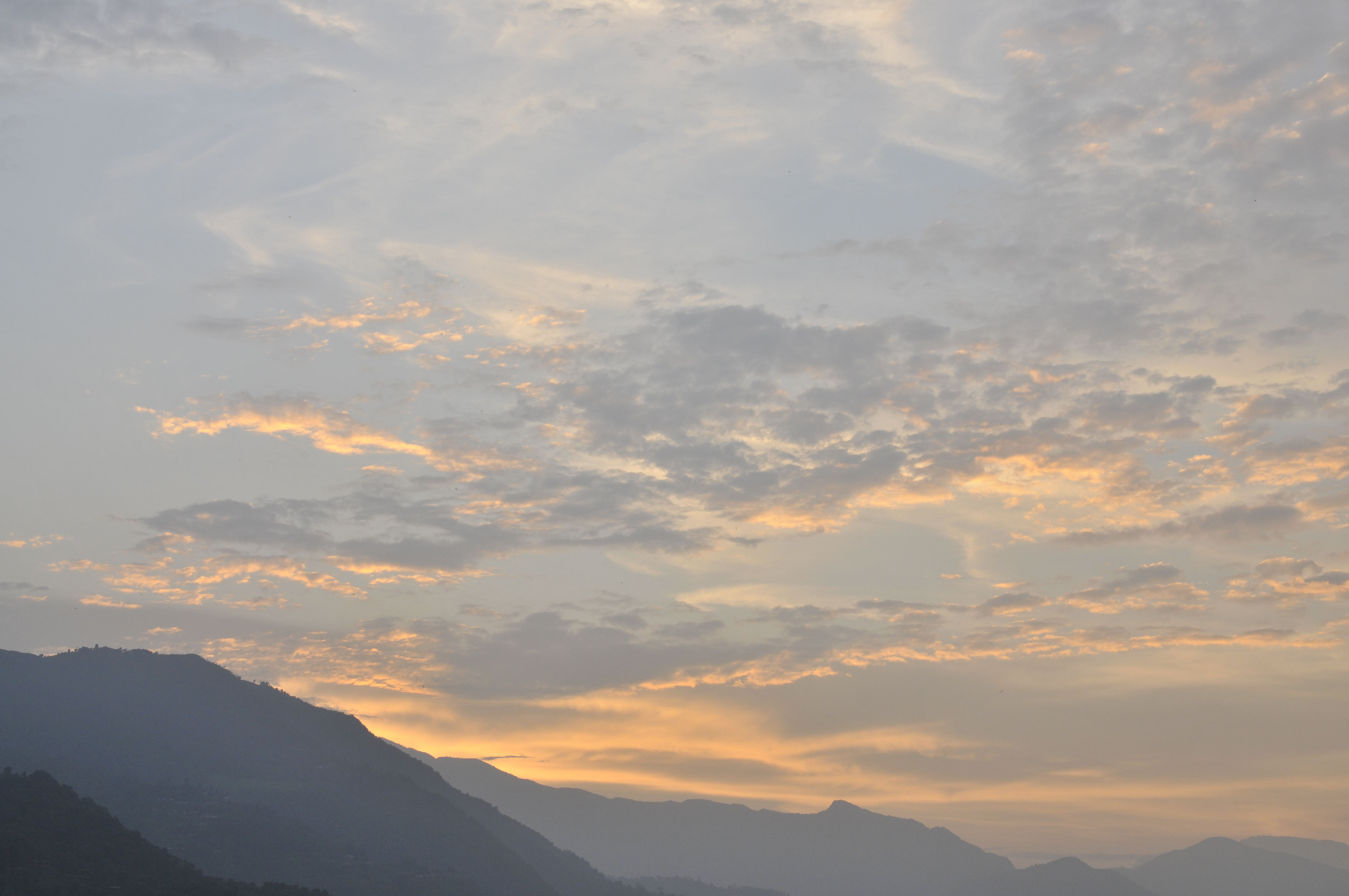 Click for Pokhara.
Click for Pokhara.
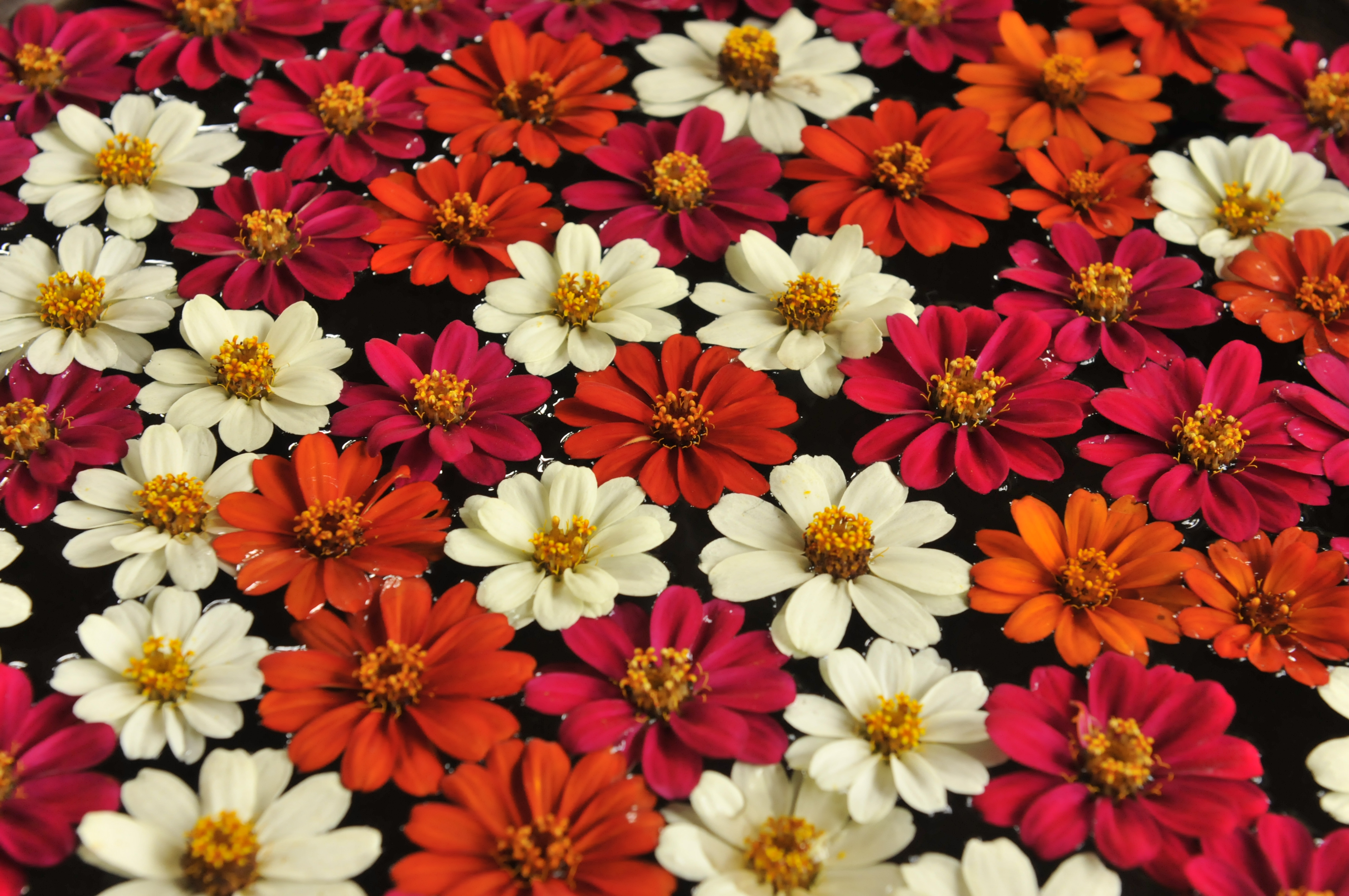 Click for floating flowers.
Click for floating flowers.
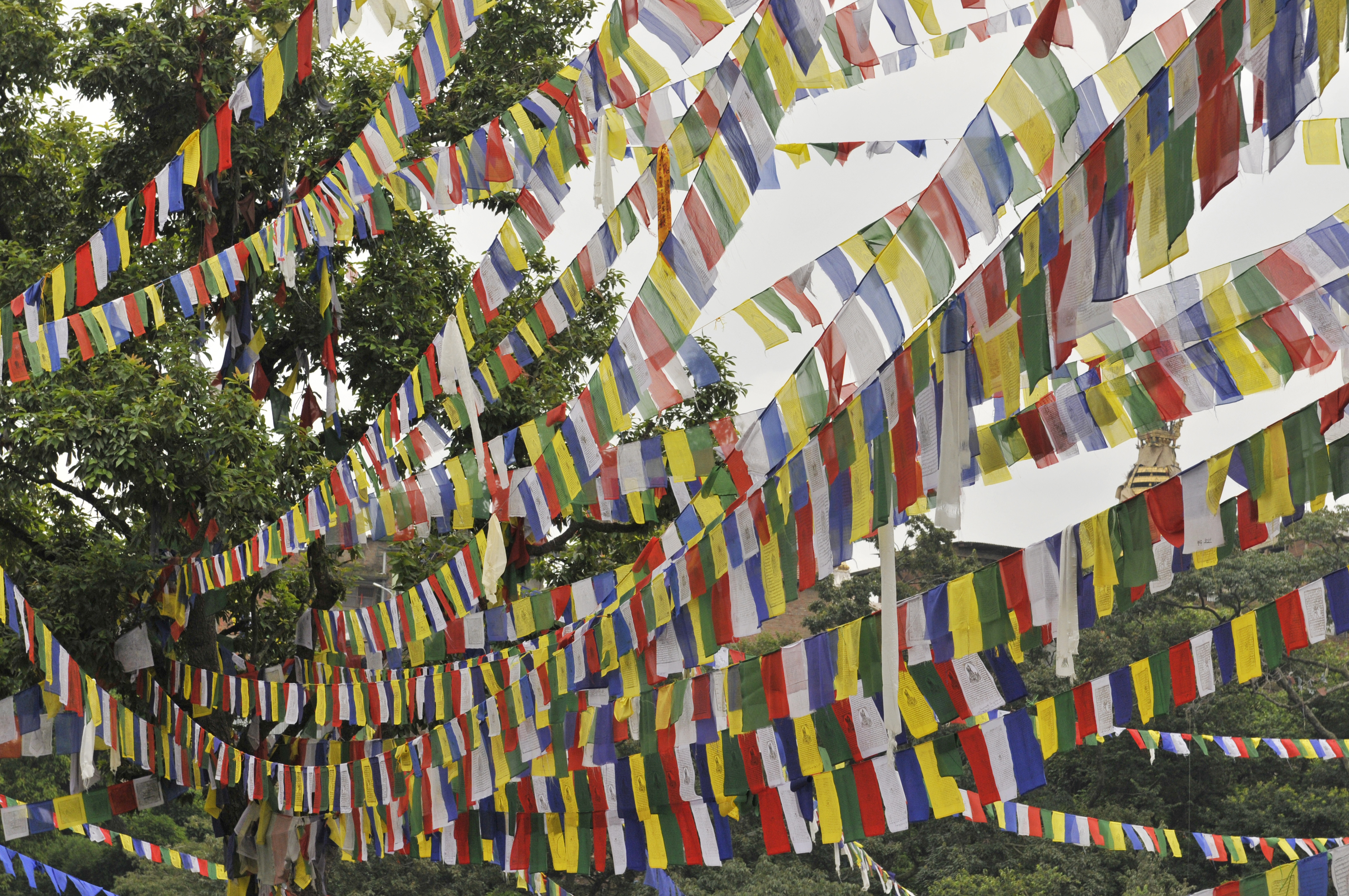 Click for prayer flags.
Click for prayer flags.
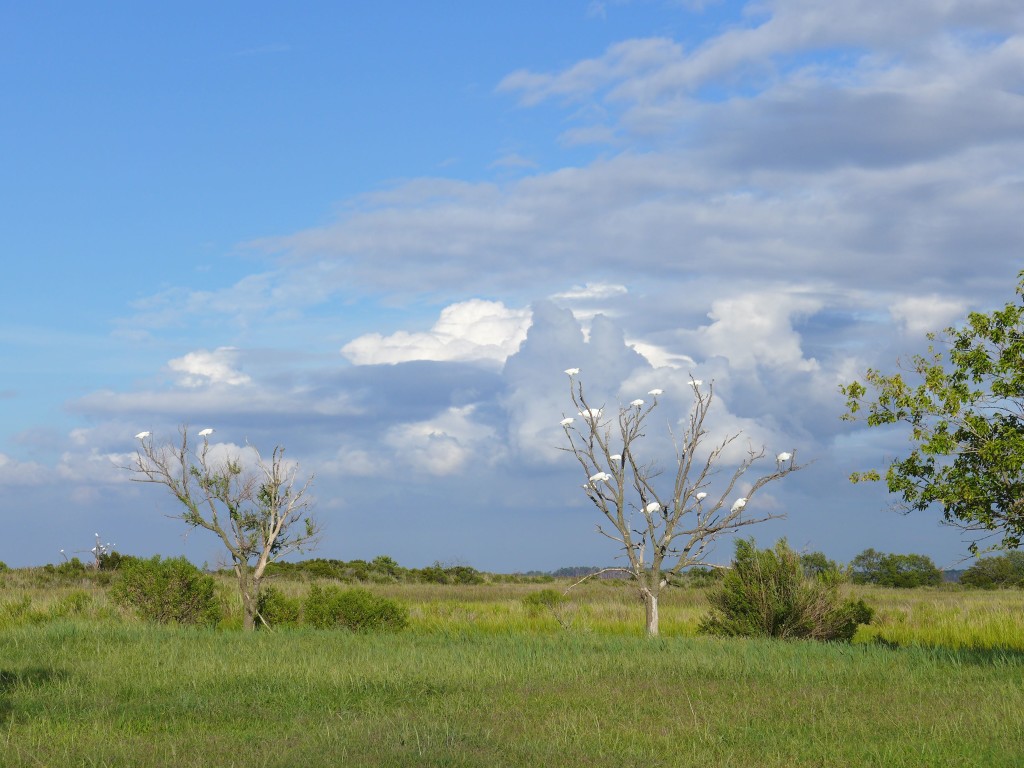 Click for egrets.
Click for egrets.
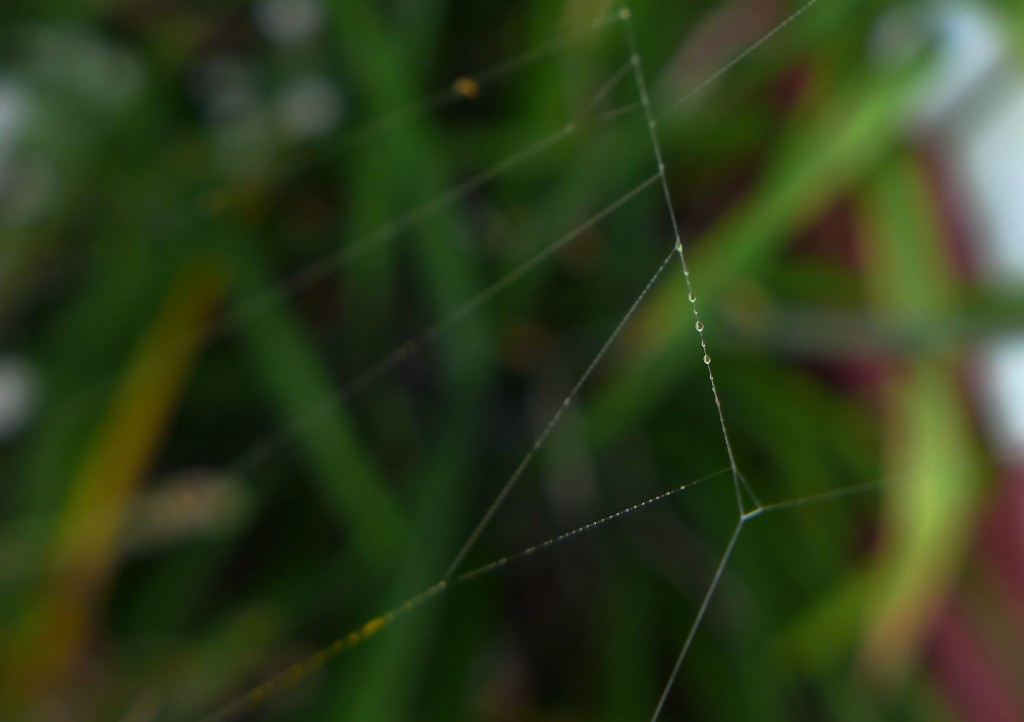 Click for web.
Click for web.
 Click for gulls.
Click for gulls.
If you’re off of work today, enjoy it! If not, we hear ya
Gardens of Nepal
Namaste from Nepal! I arrived in busy Kathmandu on Tuesday afternoon at which point I found a cozy little guesthouse in thamel and promptly went to sleep. I was so worn out from thirty-six hours of travel that I needed a long nap. I ended up sleeping from 6p.m. on Tuesday until 4 a.m. on Wednesday morning. When I woke up, I decided to go up to the rooftop garden to read until the sun came up. Later in the afternoon, I ended up wandering into another lovely garden that I enjoyed so much I spent four hours there.
The rooftop garden at my guesthouse is so quaint and beautiful that I had to share it here today. It is the perfect representation of so many small rooftop gardens all over the city of Kathmandu. While there is currently a broader initiative to promote vegetable rooftop gardening in Kathmandu, it is already widely popular to cover roofs with potted plants of all varieties. I most often see jade, spider, and coleus plants with a bunch of other beauties sprinkled in. I admire the simplicity of the rooftop garden. Nothing too fancy just a whole lot of potted plants. I love how my guesthouse rooftop garden was arranged by type of plant. That is something I probably would not have done. I’m always mixing and matching plant types on shelves and windowsills, but now I think I’m doing it all wrong. What do you think?
The view looking down from the roof at the courtyard isn’t too bad either, right? I couldn’t have been more lucky with my choice of guesthouse this time around. If you’re staying in Kathmandu, I highly recommend Pilgrims. Don’t be afraid to haggle on the price either, I shaved a few bucks off of each night.
After watching the sunrise and having breakfast, I took yet another nap. I woke up around lunchtime ready to explore Kathmandu by foot. I decided not to take a map since I giggle at tourists squinting at their paper maps in the sun and the last thing I want to be is a hypocrite, but really, Kathmandu is a fast paced city and there is no time or space on the sidewalk to be looking at fine print. Instead of relying on a map, I made sure to be extra observant about where I was going, when I was turning or crossing streets, and any major landmarks or buildings that seemed unique and memorable. After a couple hours of wandering around, I conveniently ended up near the border of thamel again. Just as I heard my belly growling and felt my feet aching, I passed a small sign that said, Garden of Dreams. There was no other hint at what might be beyond the ten foot wall so I figured what’s there to lose and I wandered through the small gate and into an oasis.
After paying a small entrance fee of 200 rupees ($2), I was granted access to a beautiful neo-classical garden that spans over 74,000 square feet. The Garden of Dreams was also known as The Garden of Six Seasons, but I must admit, if it was named Kathmandu Botanical Gardens or something similar I would have passed right by. There is something enchanting about a mysterious high-walled garden sitting right in the middle of crazy Kathmandu, with a name like Garden of Dreams, that encourages the passerby to stop and explore.
The Garden of Dreams sits across the street from the former Royal Palace and was originally thought up by Field Marshall Kaiser Shumsher Jung Bahadur Rana in the 1920s. (Imagine trying to remember that name at a cocktail party.) Apparently upon completion, the Garden of Six Seasons (as it was known then) was considered one of the most sophisticated private gardens of that time, which surprises me none at all. Traditionally Nepal has six seasons: spring, early summer, late summer monsoon season, early autumn, late autumn and winter. The garden was designed by Kishore Narshingh, a prominent architect who designed and constructed Singha Durbar (a massive palace) in 1907. In the 1920s, the Garden of Six Seasons had six pavilions, numerous fountains and sunken pools, verandas, pergolas, urns and birdhouses. He erected six impressive pavilions, each dedicated to one of the six seasons of Nepal. Today, only half of the original garden and three pavilions are in existence, but the renovations pay homage to the beautiful garden of the past.
It was interesting to learn that the Garden of Dreams was restored in cooperation with Austrian Government in the early 21st century. Inside one of the buildings, there is a photo gallery with images of the garden in complete ruins during the nineties and what it looks like today. It was really neat to see the comparison of what looks like an overgrown jungle to the beautifully manicured lawns of the present. Several changes have also been made that lend well to transforming the private Garden of Six Seasons into a space that can be utilized by the public for events and leisure.
While the Garden of Dreams boasts itself as a tourist destination, I must admit not one person recommended I visit or even mentioned the gardens to me. I hadn’t read about it in a guidebook or seen flashy photos of the garden on any brochures or signs and a selfish part of me is glad. When I first arrived at the garden around 2 p.m. there were only five other people on the grounds. I loved wandering around taking photos uninhibited by crowds. As the hours moved on dozens and dozens more people arrived and it overjoyed me to see that all but a couple were native Nepalese. The Garden of Dreams is their garden and knowing it is affordable, accessible, and actually used by Nepali people made me really happy. Seeing all the couples and throngs of friends gathered in the gardens that afternoon had me feeling like I was in on a local secret. I just had to share it with you in hopes that you’ll make it to the Garden of Dreams one day.

